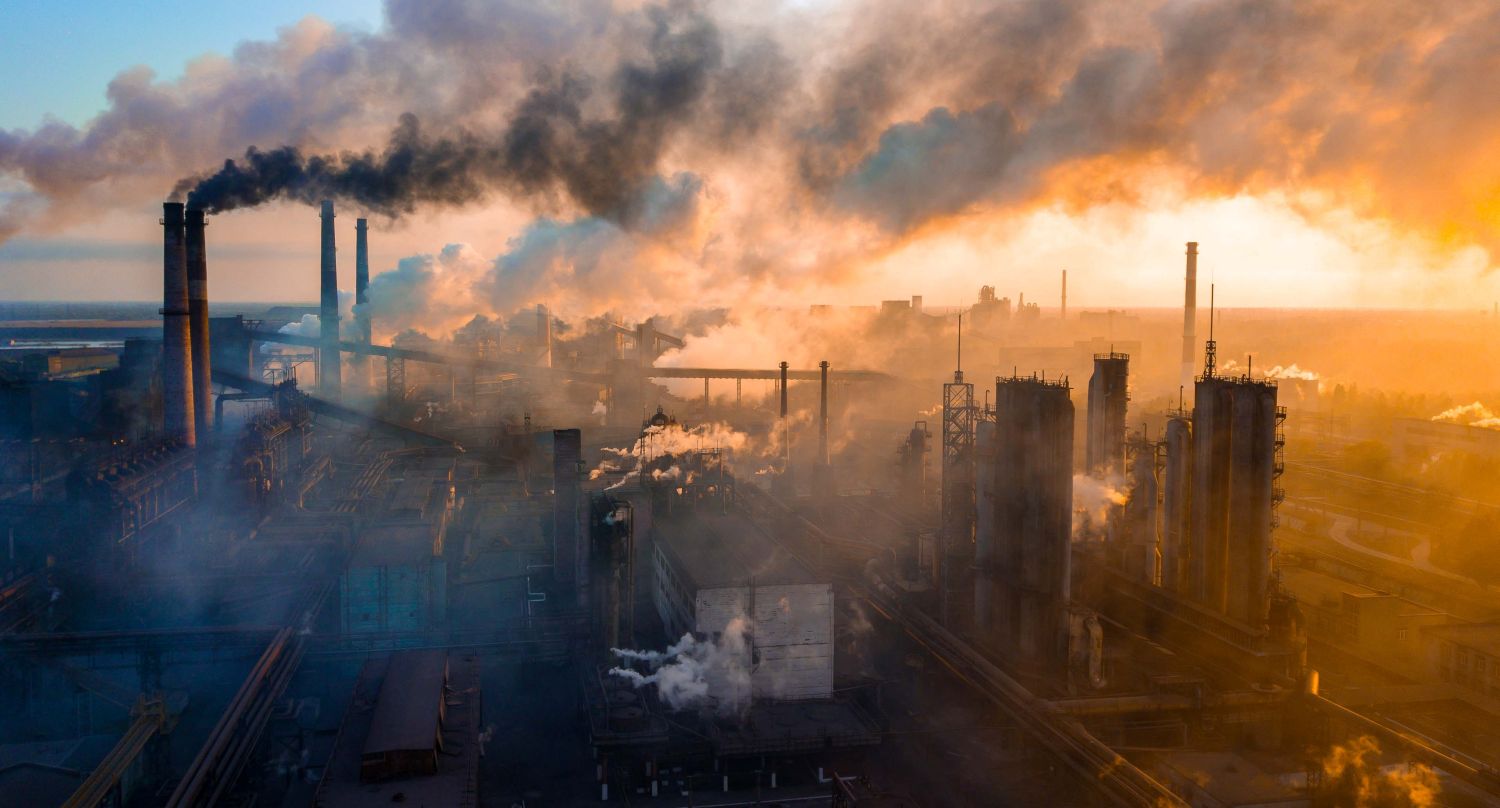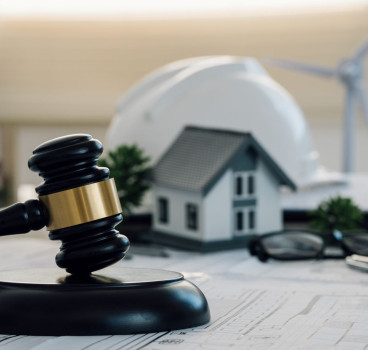How air quality Is shaping the buildings of the future
Air pollution, once thought to be primarily an outdoor hazard, is now recognised as a major indoor health crisis, forcing a radical rethink of how we design the spaces where we live and work. Around the world, governments, architects and engineers are looking for solutions to combat the hidden costs of poor indoor air quality. Whether it’s wildfire smoke infiltrating homes in California, traffic smog choking schools in New Delhi, or volatile chemicals leaching from everyday materials in London offices, the air inside our buildings is becoming the frontline of a global public health battle, writes John Ridgeway.
There is now a growing awareness of how profoundly, particulate matter (PM2.5 and PM10), volatile organic compounds (VOCs), allergens and pathogens affect human health. Research has linked poor indoor air quality (IAQ) to everything from asthma and allergies to cognitive decline and even premature death. COVID-19 also served as a wake-up call, highlighting the dangers of aerosol transmission in poorly ventilated spaces.
Meanwhile, the increasing frequency of wildfires, especially in North America and Australia, has introduced a new variable. Homes once thought safe from outdoor pollution now face regular infiltration from smoke particles. Combine that with rapid urbanisation and industrial sprawl in regions like India and China and you begin to understand the scale of the challenge.
Not all countries breathe equally. According to the World Health Organisation, over 90% of the global population lives in areas where air quality exceeds recommended pollution levels. The worst offenders include India, which is home to 14 of the world’s 20 most polluted cities. PM2.5 levels in Delhi regularly exceed safe limits by over 500%. Pakistan and Bangladesh have similar problems with urban centres like Lahore and Dhaka suffering from unchecked vehicular and industrial emissions. In China, cities like Beijing still face smog issues, particularly during winter.
Leading the way
Countries like Norway, Sweden and Finland benefit from low industrial emissions, green energy and tight building regulations that prioritise IAQ. Despite its urban density, stringent environmental controls and smart building initiatives in Singapore, have made it a model for clean air in tropical megacities. Advanced HVAC technology and strict indoor pollution standards have also helped improve IAQ in homes and offices in Japan.
Today’s buildings should be defensive systems against environmental threats and architects and engineers are leading the fight back against dirty air. Gone are the days of fixed air cycles. New systems use AI and sensor data to monitor real-time air quality and adjust airflow, humidity and filtration accordingly. Smart HVACs now function like lungs, expanding and contracting based on environmental stimuli. They are also looking at more natural methods to clean air.
Plants, for example, do not just look good—they trap dust and neutralise toxins. Buildings with vertical gardens, like Milan’s Bosco Verticale, act as living air filters. Many cities are also investing in urban reforestation projects to cool and clean the surrounding air.
From low-VOC paints to antimicrobial surfaces, building materials are now being scrutinised for their chemical emissions. Designers are favouring natural and recycled materials that do not emit potentially harmful compounds. Furthermore, passive systems like porous bricks, micro-ventilated walls and solar chimneys are gaining traction. These strategies promote airflow without relying on mechanical systems, ideal for low-energy buildings in hot climates.
The rise of IoT (Internet of Things) devices has also transformed how we track air quality. These tools offer real-time updates on CO2 levels, particulate matter, temperature and humidity. Global building management systems (BMS) are being integrated with IAQ dashboards to inform decisions from occupancy limits to maintenance schedules.
Where it matters most
Air quality is not a luxury, it’s a lifeline in sensitive environments and here are just a few of the initiatives where IAQ design is now undergoing rapid evolution. Indoor plants, smart purifiers and filtered ventilation systems are becoming standard in new builds. Wellness-focused developments now market “clean air” as part of the real estate value proposition.
In education, studies show poor air quality impairs student performance. Schools across Europe and the U.S. are now upgrading ventilation and implementing air-monitoring policies as a result. In healthcare, negative-pressure rooms, HEPA filters and UV-C light sterilisation are now crucial. New hospitals are also being designed with biophilic principles to improve recovery rates through air and light quality.

Despite these promising innovations, IAQ improvements continue to face several hurdles. Retrofitting older buildings with smart ventilation and filtration systems is expensive. In low-income regions, even basic ventilation is lacking, let alone smart systems – so much still needs to be done.
This is probably because many people still underestimate the impact of indoor air pollution. Unlike visible mould or dust, poor IAQ is often odourless and invisible. As a result, not all regions enforce IAQ regulations and where standards exist, enforcement and compliance can be inconsistent.
All this means that the next generation of buildings will not just be sustainable, but respiratory, capable of adapting to their environments and improving the health of their occupants. Paints that change colour based on pollutant exposure, floor tiles that absorb toxins and furniture that filters air, are all in development. Systems that open and close vents depending on occupant location, activity level, or detected pathogens, will probably be standard in years to come.
This is because air quality is no longer an invisible variable, it’s a design imperative. We are entering an age where dust and pollution are not just external threats, but internal catalysts for change. Whether it’s a hospital in Tokyo, a school in Oslo, or a home in wildfire-prone California, the places we inhabit must now do more than shelter us, they must protect our lungs.
Additional Blogs

How construction can cut Its carbon footprint by caring for soil
Soil is often dismissed as mere dirt, but it is one of the planet’s most powerful carbon stores, holding more than all of the world’s forests combined. Yet in our rush to build, pave and develop, we...
Read moreWhat is bridging damp? How it happens and how to fix it
Bridging damp happens when moisture finds a path around the building’s damp-proof course (DPC) so it reaches your internal walls and skirting. If you see damp patches rising above the skirting or...
Read more

The silent death of the fixed-price contract
For decades, the fixed-price contract has been the backbone of construction procurement. It promised certainty with a defined scope, an agreed sum and a clear transfer of risk from client to...
Read more